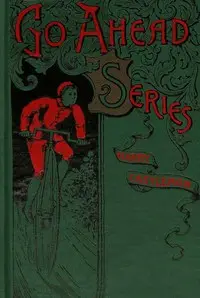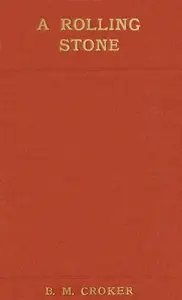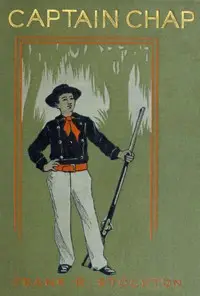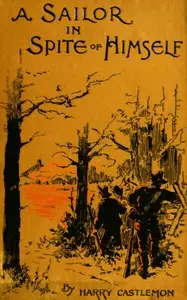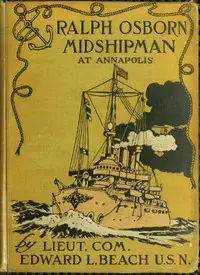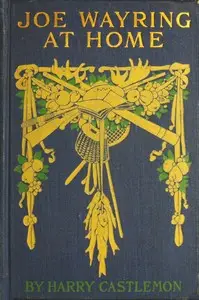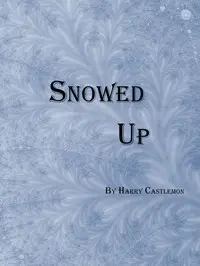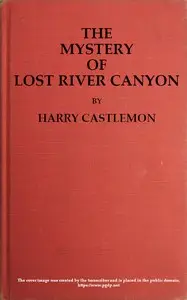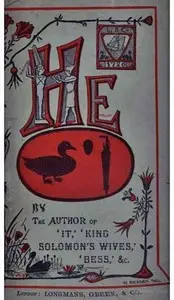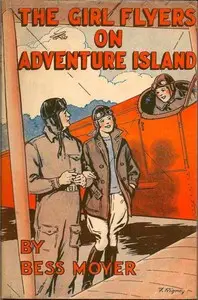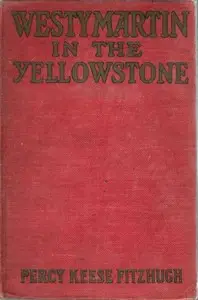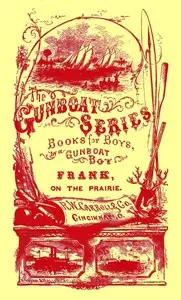"No Moss; Or, The Career of a Rolling Stone" by Harry Castlemon is a late 19th-century story focused on Tom Newcombe, a rowdy young student whose rebellious streak causes trouble at the academy, especially as he plots against authority with a secret society of like-minded friends, leading to clashes with instructors and old enemies amid the backdrop of youthful camaraderie. Tom is shown as part of the crew aboard the yacht Storm King, whose hunger for troublemaking and schemes brings challenges and adventure.
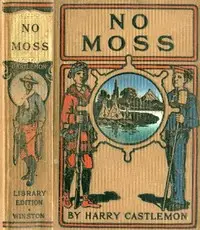
No Moss; Or, The Career of a Rolling Stone
By Harry Castlemon
A mischievous boy's rebelliousness lands him in hot water as he navigates secret societies, rivalries, and risky schemes at a naval academy, all while dreaming of life on the open sea.
Summary
About the AuthorCharles Austin Fosdick, better known by his nom de plume Harry Castlemon, was a prolific writer of juvenile stories and novels, intended mainly for boys. He was born in Randolph, New York, and received a high school diploma from Central High School in Buffalo, New York. He served in the Union Navy from 1862 to 1865, during the American Civil War, acting as the receiver and superintendent of coal for the Mississippi River Squadron. Fosdick had begun to write as a teenager, and drew on his experiences serving in the Navy in such early novels as Frank on a Gunboat (1864) and Frank on the Lower Mississippi (1867). He soon became the most-read author for boys in the post-Civil War era, the golden age of children's literature.
Charles Austin Fosdick, better known by his nom de plume Harry Castlemon, was a prolific writer of juvenile stories and novels, intended mainly for boys. He was born in Randolph, New York, and received a high school diploma from Central High School in Buffalo, New York. He served in the Union Navy from 1862 to 1865, during the American Civil War, acting as the receiver and superintendent of coal for the Mississippi River Squadron. Fosdick had begun to write as a teenager, and drew on his experiences serving in the Navy in such early novels as Frank on a Gunboat (1864) and Frank on the Lower Mississippi (1867). He soon became the most-read author for boys in the post-Civil War era, the golden age of children's literature.

